Martiros Saryan (1880-1972)
Get a Saryan Certificate of Authenticity for your painting (COA) for your Saryan drawing.
For all your Saryan artworks you need a Certificate of Authenticity (COA) in order to sell, to insure or to donate for a tax deduction.
Getting a Saryan Certificate of Authenticity (COA) is easy. Just send us photos and dimensions and tell us what you know about the origin or history of your Saryan painting or drawing.
If you want to sell your Saryan painting or drawing use our selling services. We offer Saryan selling help, selling advice, private treaty sales and full brokerage.
We have been authenticating Saryan and issuing certificates of authenticity since 2002. We are recognized Saryan experts and Saryan certified appraisers. We issue COAs and appraisals for all Saryan artworks.
Our Saryan paintings and drawings authentications are accepted and respected worldwide.
Each COA is backed by in-depth research and analysis authentication reports.
The Saryan certificates of authenticity we issue are based on solid, reliable and fully referenced art investigations, authentication research, analytical work and forensic studies.
We are available to examine your Saryan painting or drawing anywhere in the world.
You will generally receive your certificates of authenticity and authentication report within two weeks. Some complicated cases with difficult to research Saryan paintings or drawings take longer.
Our clients include Saryan collectors, investors, tax authorities, insurance adjusters, appraisers, valuers, auctioneers, Federal agencies and many law firms.
We perform Martiros Saryan art authentication, appraisal, certificates of authenticity (COA), analysis, research, scientific tests, full art authentications. We will help you sell your Martiros Saryan or we will sell it for you.
Martiros Saryan was an Armenian painter, known for his involvement with the Russian symbolist group, Golubaya Roza (Blue Rose). Saryan was born in Nor Nakhichevan (modern-day Rostov-on-Don) Russia to Armenian parents.

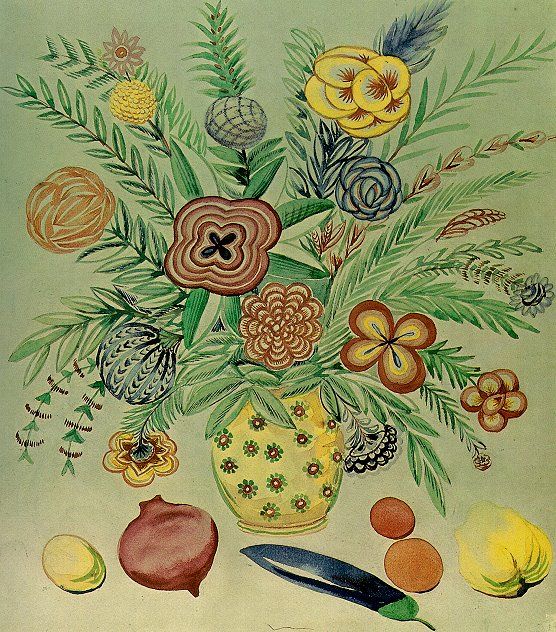
As a child in Nor Nakhichevan, Saryan excelled in school and showed an early talent in drawing. In 1897 Saryan began studying painting formally at the Moscow School of Arts. Saryan exhibited regularly in Moscow and apprenticed under Valentin Serov and Konstantin Korovin, reputable names in Russian art.

After completing his studies, Saryan began to travel frequently, visiting Turkey, Egypt, Iran, Georgia and Southern Armenia (modern-day Azerbaijan). Saryan tried to aid Armenian refugees who were fleeing from political unrest and genocide in Echmiadzin.
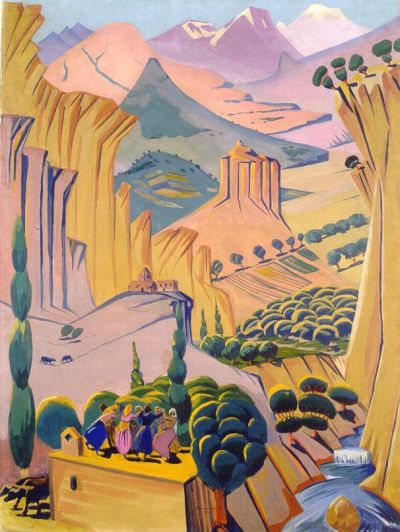
In 1916 Saryan married Lusik Agayan, who he met while travelling in Tiflis. Eventually, Saryan returned to his family in Nor Nakhichevan, where he started a museum of Armenian Local Lore.
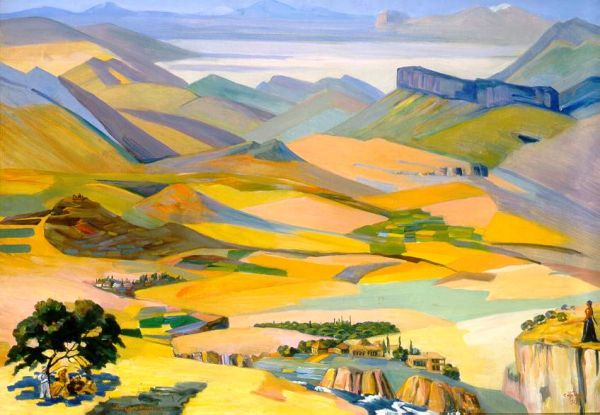
Saryan received a lot of attention after displaying forty-five paintings at the Lotus exhibition, featuring Armenian and Russian painters. Saryan used the exhibition to show both old and new work that reflected his travels and Armenian culture. Saryan also created G. Chalkhushyan’s Red Book, in response to the Armenian Genocide.

In 1921 Saryan decided to move to Soviet Armenia, as most of his work responded to the Armenian landscape. Saryan became known as an Armenian artist, and was asked to design the National Emblem and flag for Soviet Armenia. In addition, Saryan designed an image of his re-born homeland for the curtain of First Drama Theater in Yerevan.
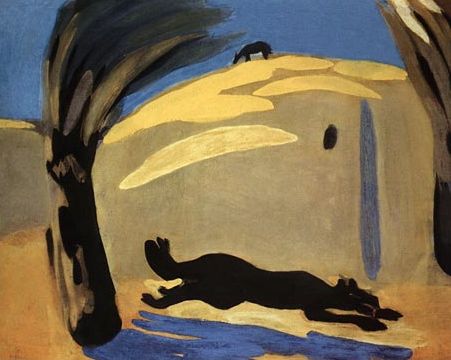
Later in Saryan’s career, he designed several opera sets for the Odessa Opera House and in the Moscow Stanislavski Theater. Saryan continued to travel while he painted, designed sets and illustrated Armenian and Persian publications.

Unfortunately during the 1930s, many of Saryan’s paintings were destroyed during times of political unrest. After World War II the Academy of artists of the USSR was established, which claimed Saryan’s work could not be considered national, because of its formalism. In essence, Saryan’s work was compared to an Armenian version of the French bourgeois.
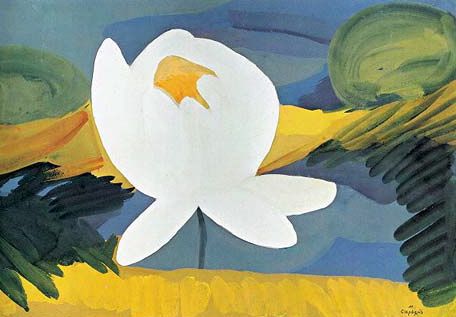


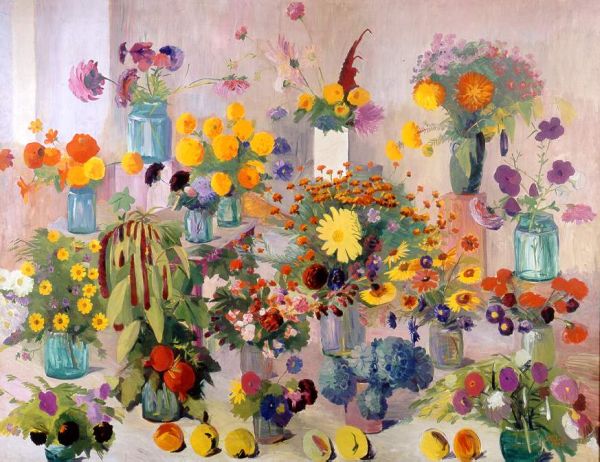
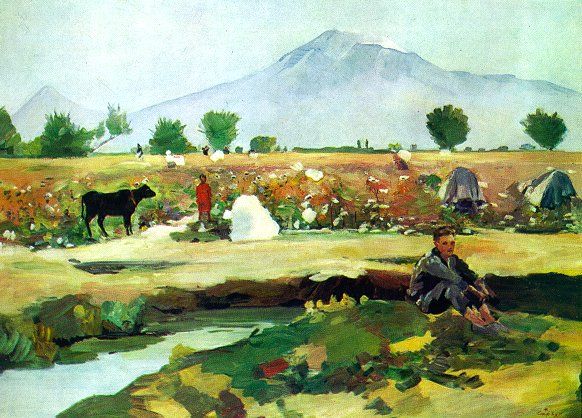
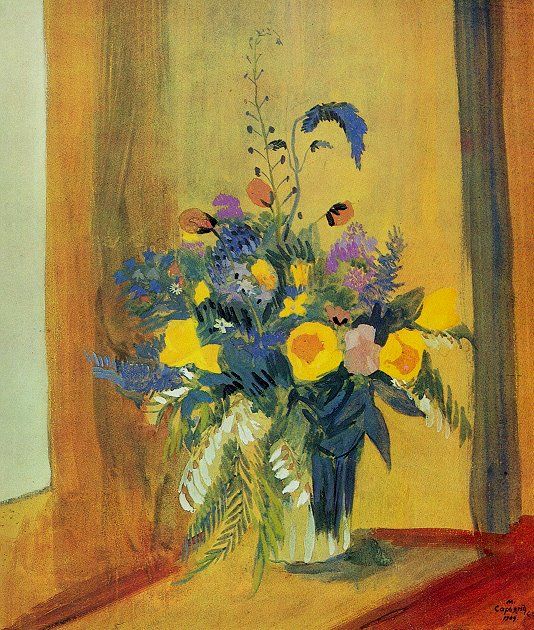
It was not until the 1950s that regional standards concerning art changed, and Saryan was again revered as an artist. Saryan continued to travel and paint the Armenian landscape included in the series ‘My Motherland’, which was awarded the Lenin prize in 1961.
After Saryan’s death in 1972, his home in Yerevan was converted into a museum of his work. Saryan’s work is now in museums and private collections internationally. Do you think you own a painting by Martiros Saryan? Contact us. We are the experts on Martiros Saryan.
Reviews
1,217 global ratings
5 Star
4 Star
3 Star
2 Star
1 Star
Your evaluation is very important to us. Thank you.
